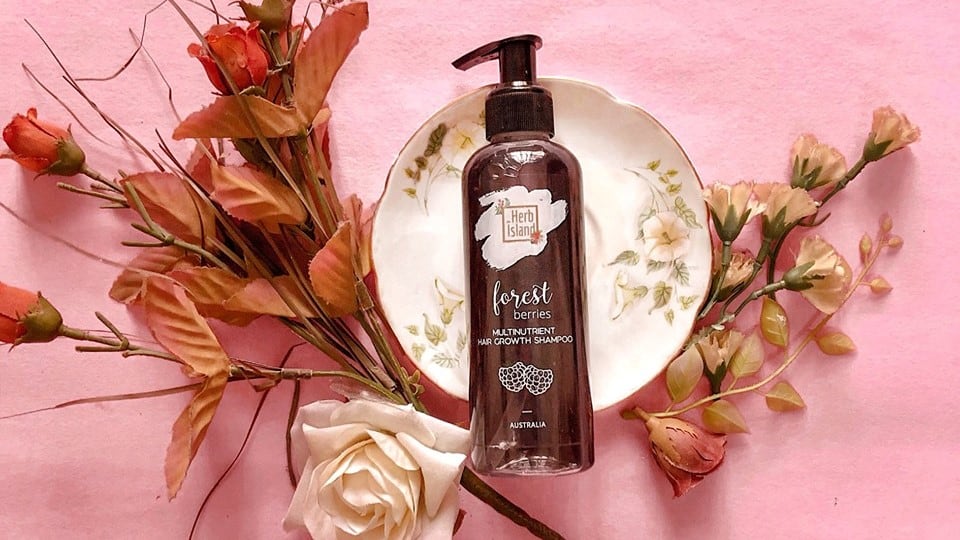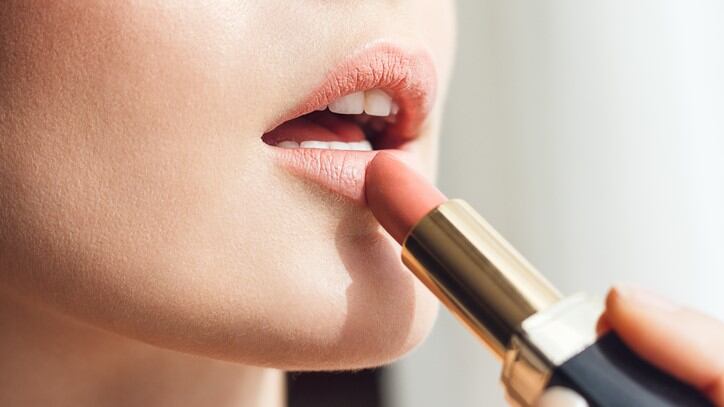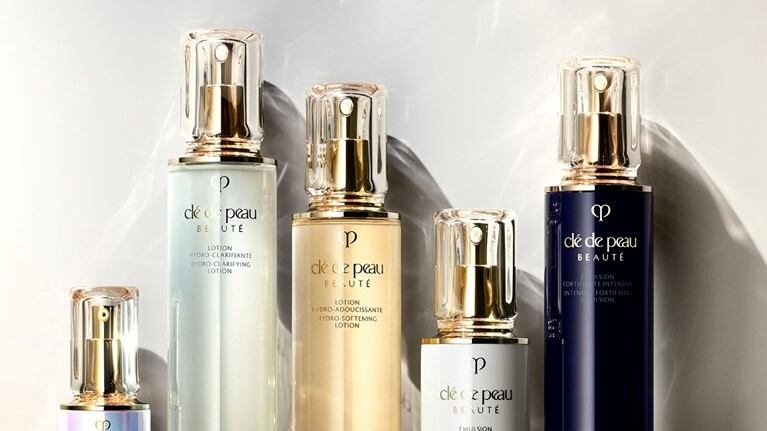India is home to the second-largest population in the world with 600 million youths under 24. The size of the market has propelled its beauty and wellness market which is currently growing at a CAGR of around 18%.
With a traditional affinity for beauty and more knowledgeable consumers, Indian consumers have developed a strong interest in cosmetic products.
“The growing connected population has just recently been exposed to trendy international brands and there is huge excitement and craving for knowledge about cosmetics,” said Florence Bernardin, founder of Information et Inspiration, a French consultancy that specialises in the Asian cosmetics market.
At the same time, she said, the unique concerns and culture of Indian consumers have left gaps in the market, creating huge potential for further product development.
Skin care gets sophisticated
Today, India’s interest in skin care is steadily growing. Bernardin observed that Indian consumers were transitioning from the basic cleanse-tone-moisturise routine to more sophisticated regimes that include serums, night creams and sheet masks.
According to Bernardin, the main skin care concerns they have relate to skin tone and texture. This includes pigmentation, as Indian skin is prone to dark circles and scars.
“There is a gap in the market for more skincare products that target specific problems such as pigmentation, dark circles and those associated with Indian skin,” said Bernardin.
Products such as ‘de-tanning’ packs are growing in popularity as there is low sunscreen usage among Indian consumers.
Yet, similar to their fellow Asians, Indian consumers prefer not to tan as they believe it causes their skin to become uneven and dull. Bernardin added dermatologists and clinics are raising awareness on sun protection.
Beauty in empowerment
Messages such as inclusivity, diversity and self-acceptance are becoming more pervasive.
Bernardin said: “While there is mainly still a domination of the fair skin ideal, embodied by the extremely popular whitening cream, Fair & Lovely, there is a movement towards more inclusivity and representation of dusky and dark skin tones.”
Spearheading this movement of female empowerment is the colour cosmetics segment.
“Make-up allows Indian women to define their identity outside of conventional moments, and to show confidence,” she explained.
These messages coupled with increasing local pride has led to the launch of domestic brands, such as FAE Beauty, which adopt an inclusive approach to beauty.
The make-up category is also boosted by the popularity of beauty Instagrammers and YouTubers among millennials. Products such as BB creams, concealers, highlighters, matte lipsticks and eyeliners are becoming increasingly popular among Indian consumers.
The rising awareness of skin care and the strong interest in make-up has culminated in hybrid products such as new Nykaa Anti-Pollution SkinShield foundation which echo their increasingly sophisticated needs.
Bernardin highlighted that products currently on the market do not meet consumer expectations.
“Many are too sticky or thick, leave a white cast and are not adapted to monsoon weather. Manufacturers need to work on texture taking the climate into account and develop more long-wearing products as well as focus on colours that adapt to all local skin tones.”
Beauty rituals
While the influence of social networking sites and online retailers such as Nykaa have developed an interest in foreign brands such as Too Faced, Fenty Beauty or Huda Beauty, Bernardin stressed that Indian consumers still perceive beauty as something steeped in tradition.
Some examples of traditional beauty include their use of eye khajal, hair oiling, eyebrow treading and the use of recipes passed down from mother to daughter.
With the ‘green’ beauty movement, Ayurveda is experiencing a surge of interest, not just in India but overseas as well.
Bernardin believes Indian consumers are drawn to Ayurvedic products as they are looking for products specifically developed for Indian skin.
“Indian consumers are more educated on the specific requirements for their skin… In that respect, local brands like Forest Essentials are quite successful at revamping Ayurveda in a modern and aesthetic way, answering Indian’s consumers need for familiar approach and ingredients with a sophisticated touch.”
Florence Bernardin, Founder of Information et Inspiration, will lead two sessions at in-cosmetics Asia; ‘India, the emerging beauty giant’ on Tuesday 5 November at 17:00 which will highlight and decode the latest trends and products from India and explore upcoming trends as well as present best product development practice for R&D professionals and marketing techniques.





